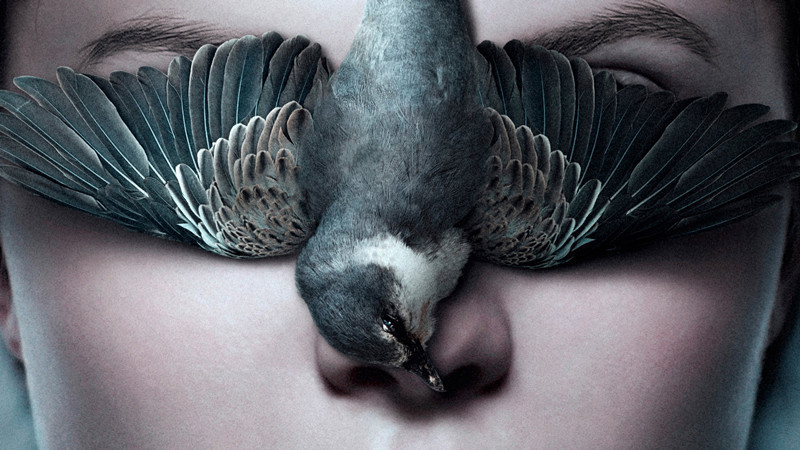
While looking back on the thriller genre in 2017, one might discover some interesting tendencies to look out for in years to come. First of all, there’s an increase of first class, character-driven thrillers without the use of unrealistic and over-choreographed action.
Simultaneously, the surreal and metaphorical finds their way into the genre. It’s interesting to see influences of David Lynch, Stanley Kubrick and Alfred Hitchcock, just to name a few, mixed with partly uprising directorial aesthetics.
10. Super Dark Times (Kevin Phillips)
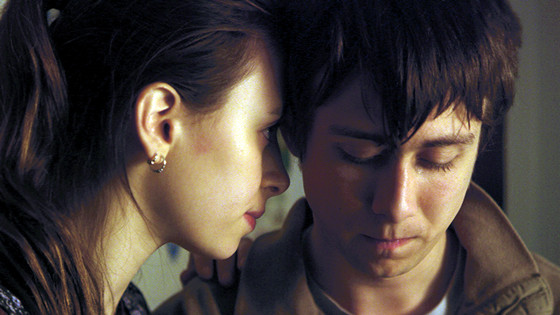
The directorial debut of Kevin Phillips is a well-balanced mix of coming-of-age drama and psychological thriller. The films nostalgic mood perfectly fits the initial 90’s harmony of suburban America, which is quickly interrupted by an invisible force that every child has to face sooner or later – the loss of innocence.
This theme finds its expression in different forms. Weed, alcohol and the pleasure of the other sex, all accompanied by the subliminal omnipresence of a friendship internal rivalry. Being the movie’s main protagonists, it focuses on the friendship between Zack and Josh and the consequences of a terrible accident, and the overlapping feelings for the same girl. Both facts strongly put their bond to the test.
The mainly youthful cast is the film’s heart. They manage to give their characters the needed amount of depth so that none of the figures seem like a childish psychopath or a clichéd sketch, but a troubled teenager who has to deal with the reality and changing perspectives.
These themes are well-compressed in a true suspense corset, in the manner of masters like Hitchcock. “Super Dark Time” has some nice sequences to offer, in which the audience is left in a constant position of fearful excitement. In particular, the film’s climax knows how to catch the viewer’s attention.
9. mother! (Darren Aronofsky)
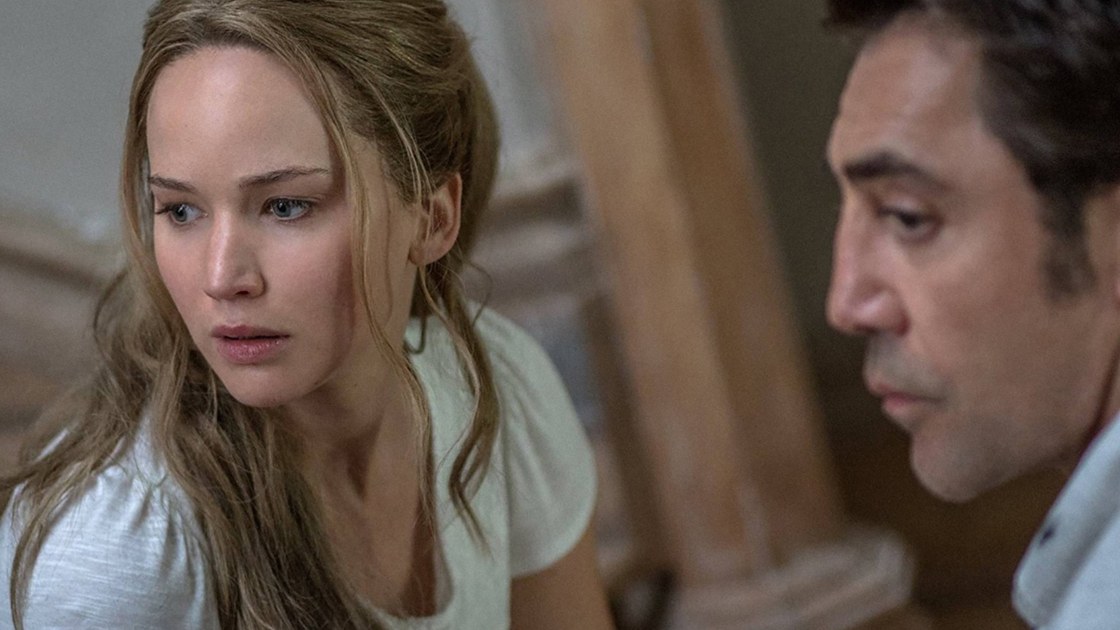
“mother!” is for sure the most polarizing movie of 2017. Hailed as a shame for cinema as well as a genius’ masterpiece, it’s for sure that “mother!” tries to divide the audience into two poles, to be a either loved or hated. Therefore, it could be seen as a success. But in terms of commercial success, the movie was a misstep, gaining just $44 million against a $30 million budget.
The abstract marketing campaign and the notorious CinemaScore could be used as reasons for that. First and foremost, Darren Aronofsky isn’t known for his well-digestible movies, but rather some highly controversial works, including “Requiem For A Dream” and “Noah.”
One might argue that “mother!” could be categorized as a thriller, but actually, the movie tries to negate every form of genre categorization. Nonetheless, it includes different stylistic devices from the horror and thriller genre and even some comical elements, resulting in a film that deserves the thriller stamp.
However, the thrill doesn’t develop from a narrative with myriads of unexpected twists and turns, but rather the movie’s concept of being a cinematic experience. The story is actually one hell of a ride, working more like an biblical allegory on Mother Earth and the exploitation from the same.
What’s so thrilling about it is the constant unawareness of the situation’s purpose inside the movies narrative. The arrival of the uninvited house guest evolves into a party for hundreds of strangers, ending in a sect-like orgy full of madness, violence and superficial pointlessness.
The 16mm-cinematography of Matthew Libatique is one of the main origins of tension on the technical layer. The camera is a constant companion of Jennifer Lawrence’s character and rarely abandons her point of view, increasing the subjectivity of the movie and therefore the tension.
The other standout feature is the highly experimental score by Jóhann Jóhannsson, nearly unrecognizable mixed with the sound design of Craig Henighan. The great work on this layer could be summarized by one particular scene – the moment when the newborn is carried in hands, but suddenly his neck tilts back with a bloodcurdling crack, teasing a storm of wincing and screaming inside the audience.
8. Wind River (Taylor Sheridan)
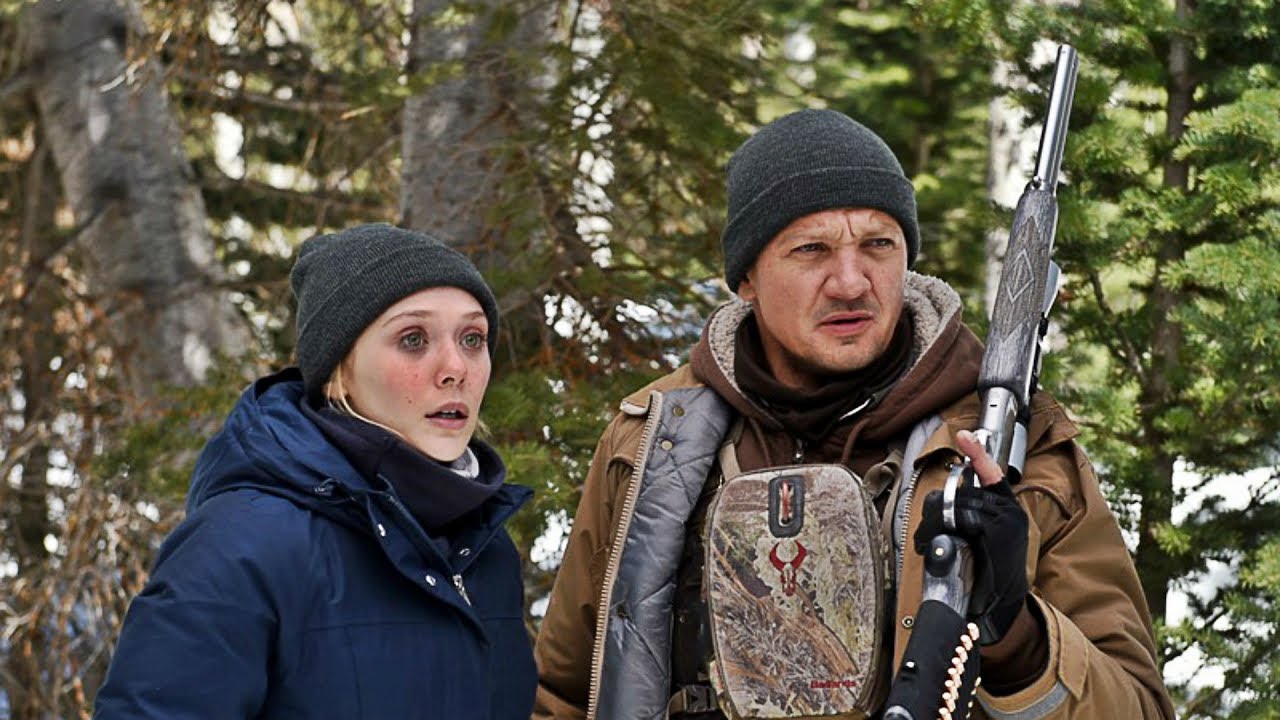
Taylor Sheridan has made himself the figurehead of a genre that began to saw projectors light back in 2007 with the release of “No Country for Old Men” by Ethan and Joel Coen – the modern neo-western.
Big budget movies like Tarantino’s “Django Unchained” helped to cement the genre’s status in contemporary cinema. Sheridan, whose career began as an actor, has three screenwriting credits to his name, including “Sicario” and “Hell Or High Water,” for which he gained an Oscar nomination for Best Original Screenplay.
With “Wind River,” he gives his feature debut as a director and continues to push genre boundaries to new levels (from the Directors Guild of America he received a well-deserved nomination for its first-time director award, and the Prix de la mise-en-scene in Cannes in the section Un Certain Regard). Starring Jeremy Renner and Elizabeth Olsen, the movie’s strength isn’t necessarily the acting (even though it isn’t bad at all), but the special setting and, of course, the narrative.
Although a snowscape-set western isn’t a reinvention (one recent examples might be “The Hateful Eight” by again – Quentin Tarantino), the connection of Wyoming and the Indian Reservation with a thrilling story involving the FBI, a U.S. Fish and Wildlife service agent, and an unsolved rape case results in a very original movie.
“Wind River” proves to be more than just a thrilling story, but the cinematic rehabilitation of a form of racism one isn’t quite aware of. For every demographic group, missing persons statistics are kept, save for Native American women, whose numbers remain unknown. Sheridan describes this iniquity in his typical style and addresses the issue with a title card directly at the movie’s end.
7. Lady Macbeth (William Oldroyd)
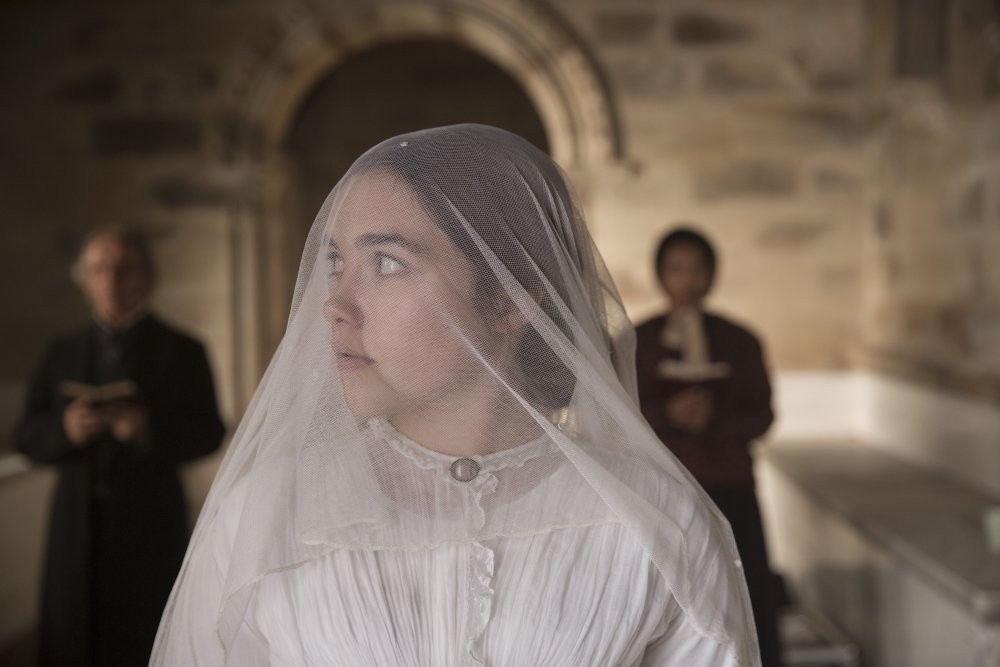
In recent years, there’s been a rising trend inside the thriller genre, with slow-burning thrillers that develop their tension not out of action-packed scenarios, but well-designed characters and their interpersonal relationships. “Lady Macbeth,” the debut feature of British theater director William Oldroyd, is one of these movies.
Based on the Russian novel “Lady Macbeth of the Mtsensk” by Nikolai Semjonowitsch Leskow, the movie follows Katharine, brilliantly embodied by Florence Pugh, an angry child and ruthless psychopath alike who lives in 1865’s Victorian England.
Caged in a loveless marriage with her violent and often absent husband and his maligned father, she has to face day after day of misery and loneliness. Her accumulated anger unloads upon the house’s slaves. During one of her husband’s business trips, she starts a love affair with one of them. But as soon as her spouse returns, she has to make a difficult choice.
Aside from the mesmerizing art direction and cinematography, it’s the movie’s main character who makes “Lady Macbeth” such a captivating picture. Piece by piece, the viewer gets pulled in her men-dominated world and the injustices she constantly suffers.
Even though her actions are far from likable, her character is, simply by the fact that Oldroyd creates strong moments of empathy. This makes her one of the best anti-heroes in recent years and a strong female protagonist at that, something that perfectly correlates with the changing zeitgeist.
6. The Beguiled (Sofia Coppola)
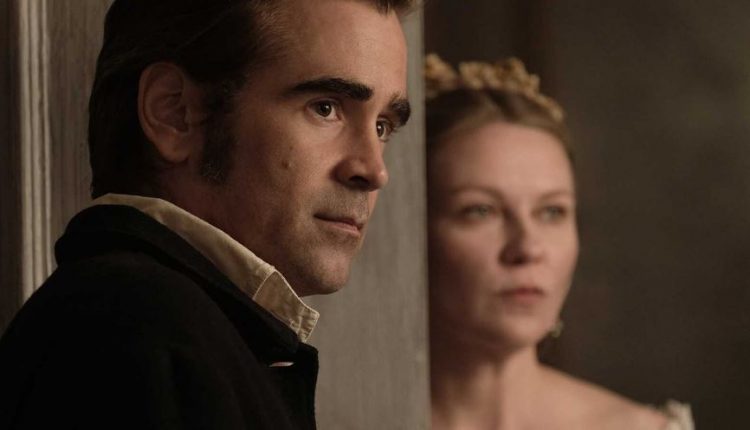
Winning the Prix de la mise en scène at last year’s Cannes Film Festival, Sofia Coppola successfully managed to readapt Thomas P. Cullinan’s novel “A Painted Devil” after the first film version in 1971. Quite like previous-mentioned “Lady Macbeth,” the movie is a prime example of a slow-burning thriller with well-written characters and exceptional tense interpersonal relationships.
Set in a girls school in Virginia during the American Civil War, a leg-wounded corporal joins the all-female refuge. Every of the house’s ladies is immediately fascinated by the handsome man. Subsequently, every one of them tries to claim a piece of the man for herself, resulting in a net of intrigues and seething envy.
Regarding the narrative precision and nearly clinical analytics of the character structure, one is reminded of works by Michael Haneke, just with a more Hollywood approach (what isn’t meant in a negative way). The erotic tension between Colin Farrell’s character and the group of women is so dense that it could be cut with a knife, thanks to the exceptional acting ensemble, which finds its perfect counterpart in the great production design and cinematography.
The grand estate seems like another character and doesn’t fall prey to the perception of a single-location film. “The Beguiled” is a well-produced movie with every element at the right place, resulting in a precise ensemble thriller and one of the best movies from Sofia Coppola.